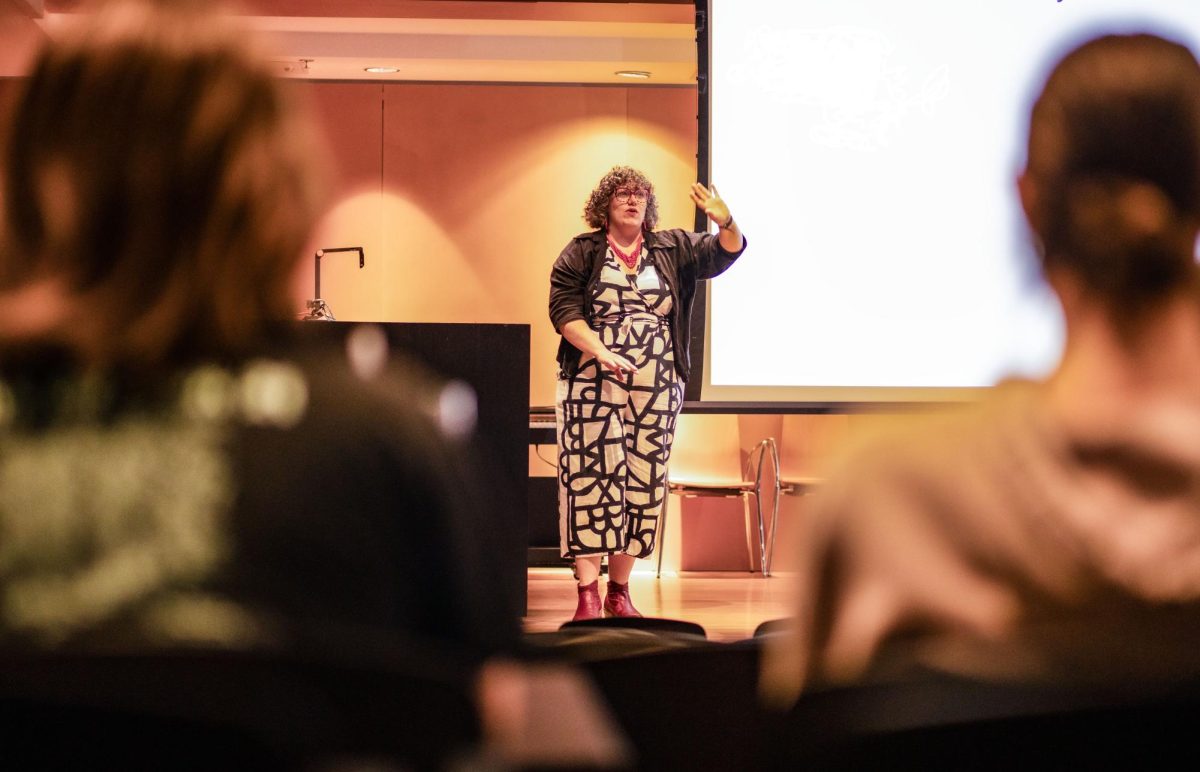Research other cultures; understand them
October 16, 2018
Currently I am taking an English class here at Eastern as an elective for one of my minors, and the class emphasizes the difference between western individualism and eastern collectivism. In the class curriculum, we read literature from the west and the east and discern the cultural difference between them. These two beliefs and how they incorporate into social culture are important to understand cultural differences between the eastern and western hemispheres.
In the west, especially in the United States, we are proud of the idea of being an individual and pride ourselves on this aspect. We stress the ideas of individual liberties and beliefs, over the collective. Most westerners believe in anti-conformity because we do not want to be like everyone else. When something becomes mainstream in the west, some will disapprove of this and just say, “That’s too mainstream.”
In the eastern hemisphere the idea of the individual is present, but nowhere near as prevalent in the west. The collectivist ideology differs between each nation, but it is still very much a part of everyday life in these nations. Understanding these differences are a good stepping stone for understanding different cultures across the globe.
For example, in Japanese culture there is concept called “mono no aware.” The idea of mono no aware is mostly untranslatable into English. The direct translation would be aware meaning sensitivity or sadness, and mono, which means things. Some would translate this into: “savoring the moment.”
The Huffington Post describes it as: “With this mood, acceptance of impermanence and insubstantiality is elevated into an aesthetic sensibility, a state of mind that actually appreciates this ephemerality. This does not mean impermanence is welcomed or celebrated. There is still sadness present in mono no aware, a sorrow at this transiency, of the loss of people and things that are precious to us. However, this melancholy is suffused with a quiet rejoicing in the fact that we had the chance to witness the beauty of life at all, however fleetingly. We are sighing rather than weeping.”
This beauty behind the sadness aspect of Japanese culture and storytelling is hard for westerners to understand. How can something sad be so beautiful? Well look into some Japanese literature and you will notice this aspect. This is only scratching the surface of what this concept actually is, and this concept is very much prevalent in Japanese culture and literature (like the literature we read in the class I mentioned above.) This among many other concepts need to be researched and analyzed in order to get an understanding of another’s culture. Most culture will have aspects about them that we will not understand at first, and that is OK; research into it to gain an understanding.
Often, I hear people look at something on the internet or some other medium and say things along the lines of “that’s weird” or “why are they doing that?” Well, you need to do your research and understand other people in the world. I am sure people in other countries think the same things about Americans, because we certainly have an odd culture.
Become more well-read on many aspects of the world. There is no need to be so close-minded, and not appreciate the many beautiful things in the world. In my studies here at Eastern I have studied many different places, time periods and cultures and I have really enjoyed the experience of doing that.
Jordan Boyer is a senior history major. He can be reached at 581-2812 or at [email protected].















































